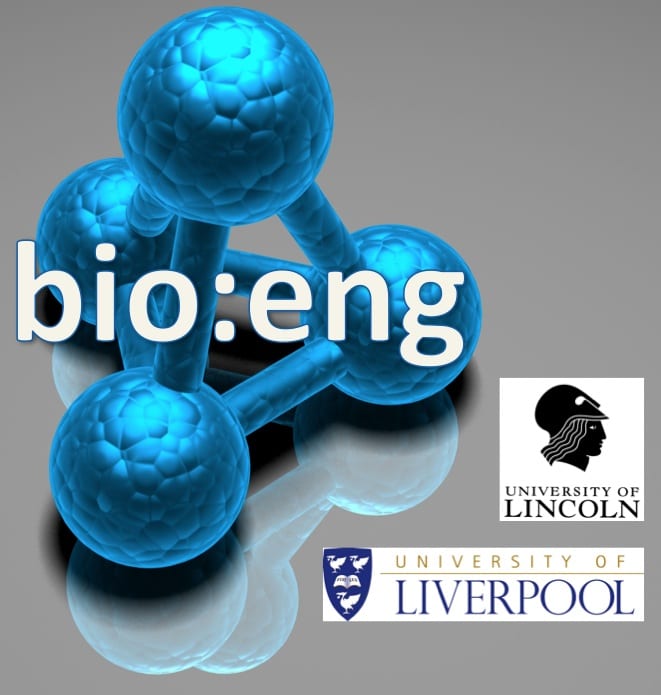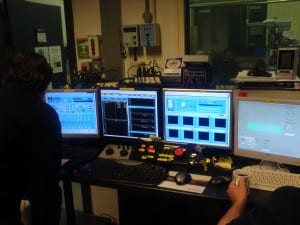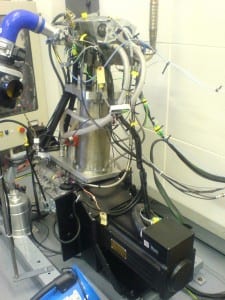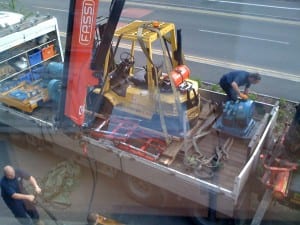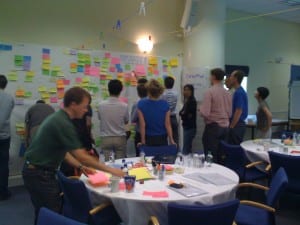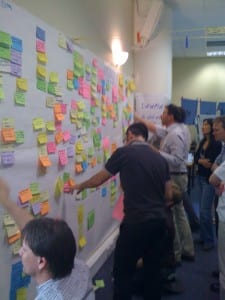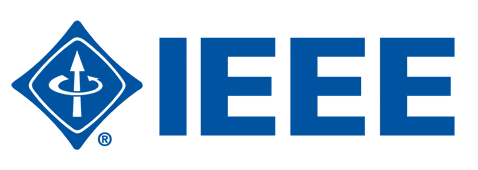 Engineering’s Dr Wing-Kuen Ling (better known to us all as ‘Bingo’) has been given the prestigious invitation to join the Institute of Electronic and Electrical Engineers’ Circuits and Systems Society Technical Committee on Nonlinear systems.
Engineering’s Dr Wing-Kuen Ling (better known to us all as ‘Bingo’) has been given the prestigious invitation to join the Institute of Electronic and Electrical Engineers’ Circuits and Systems Society Technical Committee on Nonlinear systems.
The IEEE is the world’s largest society for the advancement of technology.
The IEEE Circuits and Systems Society is the leading organization that promotes the advancement of the theory, analysis, design, tools, and implementation of circuits and systems. The field spans their theoretical foundations, applications, and architectures, as well as circuits and systems implementation of algorithms for signal and information processing.
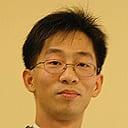
The Society brings engineers, researchers, scientists and others involved in circuits and systems applications access to the industry’s most essential technical information, networking opportunities, career development tools and many other exclusive benefits.
Local members with similar technical interests engage in professional exchange through the Society’s 10 regional chapters in the United States, Canada, Europe, the Middle East, Africa, Latin America, Asia, Australia and the Pacific.
